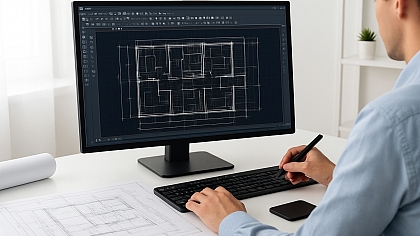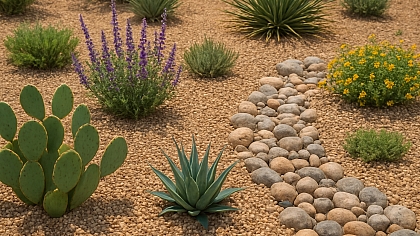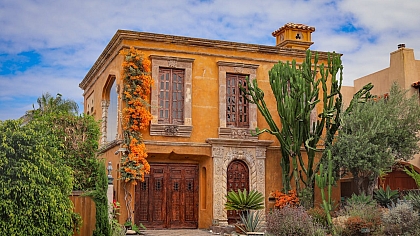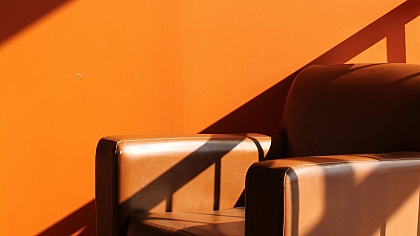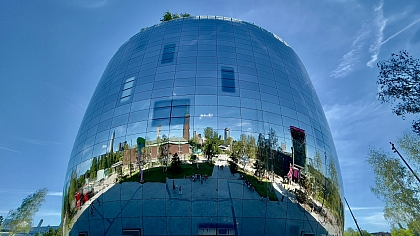
Want a Hurricane-Resilient Home? Things to Consider
Even though Marco Island, which is Florida’s Gulf Coast, is considered to be a scenic gem, it has fallen prey to devastating storms and hurricanes. We all know about Hurricane Irma, which hit this island and was classified as a Category 3 storm, where the winds were above 115 mph.
One of the after-effects of this storm was severe power outages throughout the region. Hence, it is a no-brainer that Marco Island can make the best use of hurricane-resilient houses. That means homes that go beyond the aesthetics and provide the protection the region and its residents need. Today, residents in this city are saying a big yes to these technologies as a necessity. If you want the same, here are a few things to consider.
Build simple and strong systems
Some designers often think that intricate systems are the hallmark of a hurricane-resilient home structure. The truth is that simple and easy-to-manage systems can also do the work and sometimes more efficiently. Equipping your house with solid systems helps in long-term effectiveness. However, when you add this with manual controls, it can help you to function in times when the electrical infrastructure isn’t available. To know more about this, you can get in touch with an expert Marco Island custom home builder and decide what works best for your home.
Invest in a strong foundation
A hurricane-resistant house in Florida starts with a reinforced foundation. Deep pilings, concrete slabs, or elevated foundations give the stability to withstand a storm surge and wind uplift. Additionally, hurricane straps, clips, and other metal connectors are used to tie the roof to the walls, and the walls to the foundation to secure the structure. This integrated methodology reduces the risk of the structure disassociating during extreme winds and allows the structure to behave as one solid structure.
Roofs that can resist strong winds
The roof withstands the brunt of hurricane-force winds, making both design and materials crucial. Due to their aerodynamic shape, hip roofs will perform better than gable designs. It is because the load will be distributed evenly across the entire roof structure. Durable roofs, such as metal panels, concrete tiles, or hurricane-rated shingles, will provide some degree of durability. Strong fastening systems, sealed roof edges, and weatherproof coatings can also offer more protection against both wind and water.
Technologies that save from floods
Coastal regions witness one of the biggest potential risks, which is flooding. Therefore, elevating HVAC systems, electrical panels, and appliances above the flood level can limit flood damage. Foundation flood vents allow water to flow through the foundation and equalize hydrostatic pressure, rather than building up and causing damage.
If floodwater comes into the home, water detection sensors and sump pumps with battery or generator back-up will quickly manage rising waters. Removable or temporary flood barriers at entryways can be the third part of your last line of defense against a surge.
Therefore, today's new-age technology enables Marco Island homeowners to use advanced ways to respond to climatic fluctuations. Advanced sensors for water leaks and instant weather monitoring stations can provide immediate alerts. You can get in touch with Goyaldevelopment.com to know more about this and implement it accordingly. When you blend these technologies with emergency alert apps, you have an added layer of protection that helps whenever there is a hurricane.
Previous climatic records have made it evident to Marco Island residents that a hurricane-resilient home is what they need to lead a safe life. There are various practices that you can incorporate here. Ideally, it is best to get in touch with an expert home builder who can help you create a robust home to resist hurricanes and storms based on your location, requirements, and budget.

